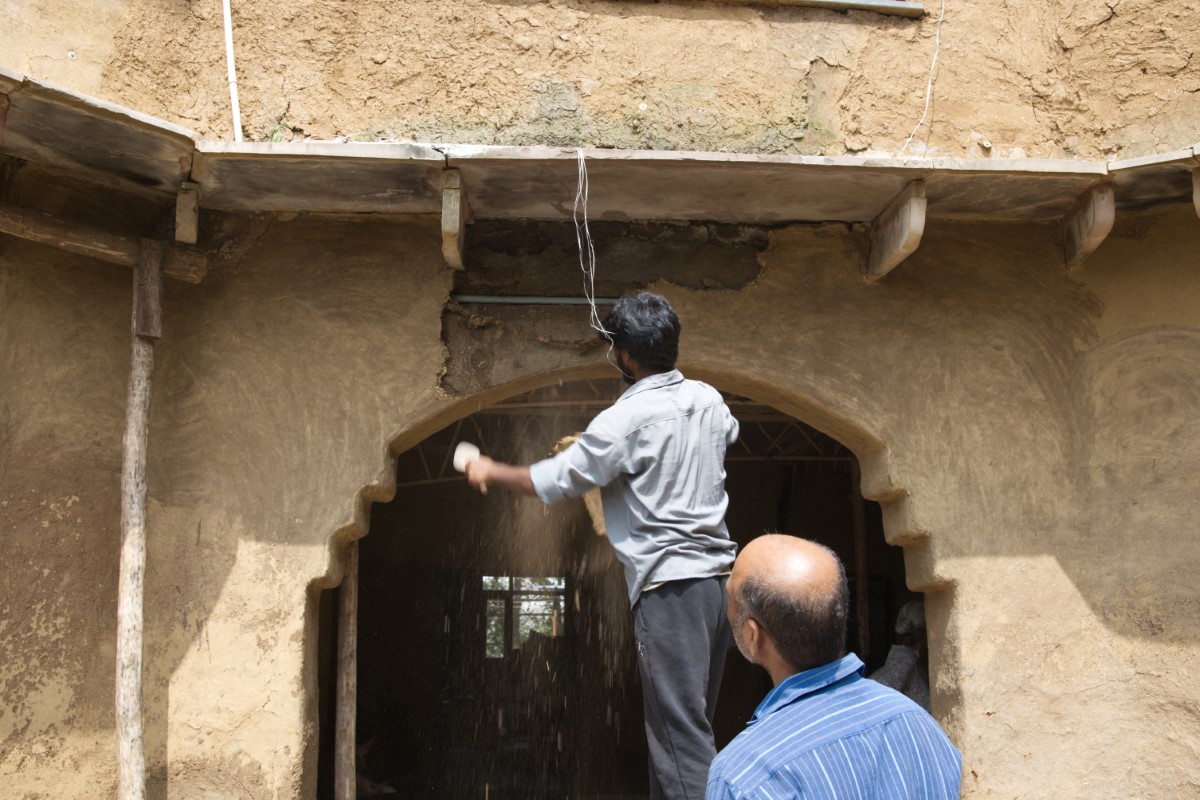
The profession of architecture has always been something that demanded more than a passion for designing or a love for drawing. It requires a special mix of ingenuity, the ability to solve problems, and relentless dedication to lifelong learning and development. If you are thinking about a career in architecture, you should be aware of its inherent challenges and expectations before you decide to pursue this career.
I say this because I believe that the architecture profession isn’t for everyone.
The misconception that many people have is that having good sketching ability translates into having a successful profession in architecture. Although artistic ability and aptitude matter, architecture school is a tough five-year journey that calls for more than that—critical thinking, rational reasoning, and an unrelenting search for creative ideas.
While these are skills that can be developed and improved upon, we also need to be honest about the expenses, which can be one of the biggest hurdles in architecture education. There are significant and varied expenses that will affect students both during and after their academics. While tuition fees for the five-year architecture program are a factor, the financial demands extend far beyond just covering that. Students often find themselves constantly investing in materials, tools, modelling supplies, and drafting instruments. Furthermore, adding to these expenses are the required specialized architectural software and high-performance devices for these softwares to run on (be it a laptop or a desktop).
Moving beyond the expenses within the studio are the expenses outside. Site visits and field trips become second nature to students’ practical learning experience as they advance through their degree. Despite their invaluable merits, these excursions generate additional expenditures for transport and accommodation. Seminars, pricey supplementary courses, and study tours— while educationally beneficial—significantly deplete their financial resources.
We are aware that the financial difficulties do not stop after one graduates. Given the weight of these expenses, entry-level salaries in architecture often feel disproportionately low and can be disheartening. As daunting as it can be, this cost disparity impacts students from socioeconomically disadvantaged backgrounds, especially.
This goes to say that prospective students must not only understand the financial commitments, but also be able to deal with these finances with both diligence and cautious planning. They can only sufficiently equip themselves for the road ahead with a firm awareness of this financial reality.
Moving past the finances, one also needs to understand that architectural education is not only about attendance and examinations. It necessitates long hours of working on design—studying, improving, working, and re-working—while maintaining concentration, and always pushing the boundaries of the imagination.
Architecture students are required to intern in their final semesters. I believe that just one semester of internship is insufficient to equip a student for the realities of the working world. That’s why students should actively seek an internship from their first semester. This engagement in a month-long internship would help a student in obtaining the practical knowledge in several architectural techniques between semesters. This will not only ensure confidence, but also significantly enhance your knowledge by the time your required internship rolls around.
One thing which I want the students to understand is that graduation is the beginning of the path of learning, not the end.
Post-graduation, a five to seven-year apprenticeship across varied studios and mentors helps gain essential real-world exposure. It’s not about learning skills only, but also about investigating several facets of the profession, identifying areas of specialised interests, and appreciating the diverse ideas and methodological approaches to practicing architecture.
On the completion of the apprenticeship, there are a few possible paths that one can pursue: further education to enhance the specialized knowledge, academic engagement through teaching and mentorship, participation in research initiatives, and continuing to work in practices or establishing independent practices. This is an invaluable opportunity to establish a clear sense of professional direction and purpose that will align with individual interests and strengths.
The path to success is difficult but not unattainable. Through the entire process of education, internship, apprenticeship, and further education, students need to learn to think in a certain way. They need to develop the ability for problem-solving, have a passion for design, work on their creativity, learn to be critical, display tenacity, fortitude against difficulties, be meticulous, and continue to learn even after everything.
Learning to empathize helps you design spaces that respond meaningfully to people’s lives and needs. Juggling the rigors of the coursework and those of the profession will require discipline and good time management. Interpersonal communication skills and collaborations will help you to successfully operate team and client interactions. Managing the large expenses and negotiating the meagre initial revenues depend on financial savvy. Above all, your long-term dedication to your profession and your adaptability to changes will help you negotiate this challenging road.
Architecture schools and the profession itself must treat education as a lifelong process. Students should be encouraged to search for practical experiences from the very beginning. Educational institutions should offer extra credit for voluntary but significant internships.
Overall, the architecture profession is demanding. It requires immense commitment, considerable financial investment, and a deep, sustained passion for the craft. It’s certainly not for those seeking a linear or predictable career path. However, for those with the right mindset and a drive to shape the built environment, beyond just design, the architecture profession offers immense possibilities.
Before stepping onto this path, take time to reflect. Think about your long-term aspirations, personal strengths, and what truly drives you. Let these guide your decision. If you’re ready to embrace the challenges of architectural education and practice, you’ll find a deeply rewarding profession ahead.
The architecture profession isn’t for everyone, but for those who step in with conviction, clarity, and the mind of a lifelong learner, it becomes less a career and more an enduring dialogue with the world.




